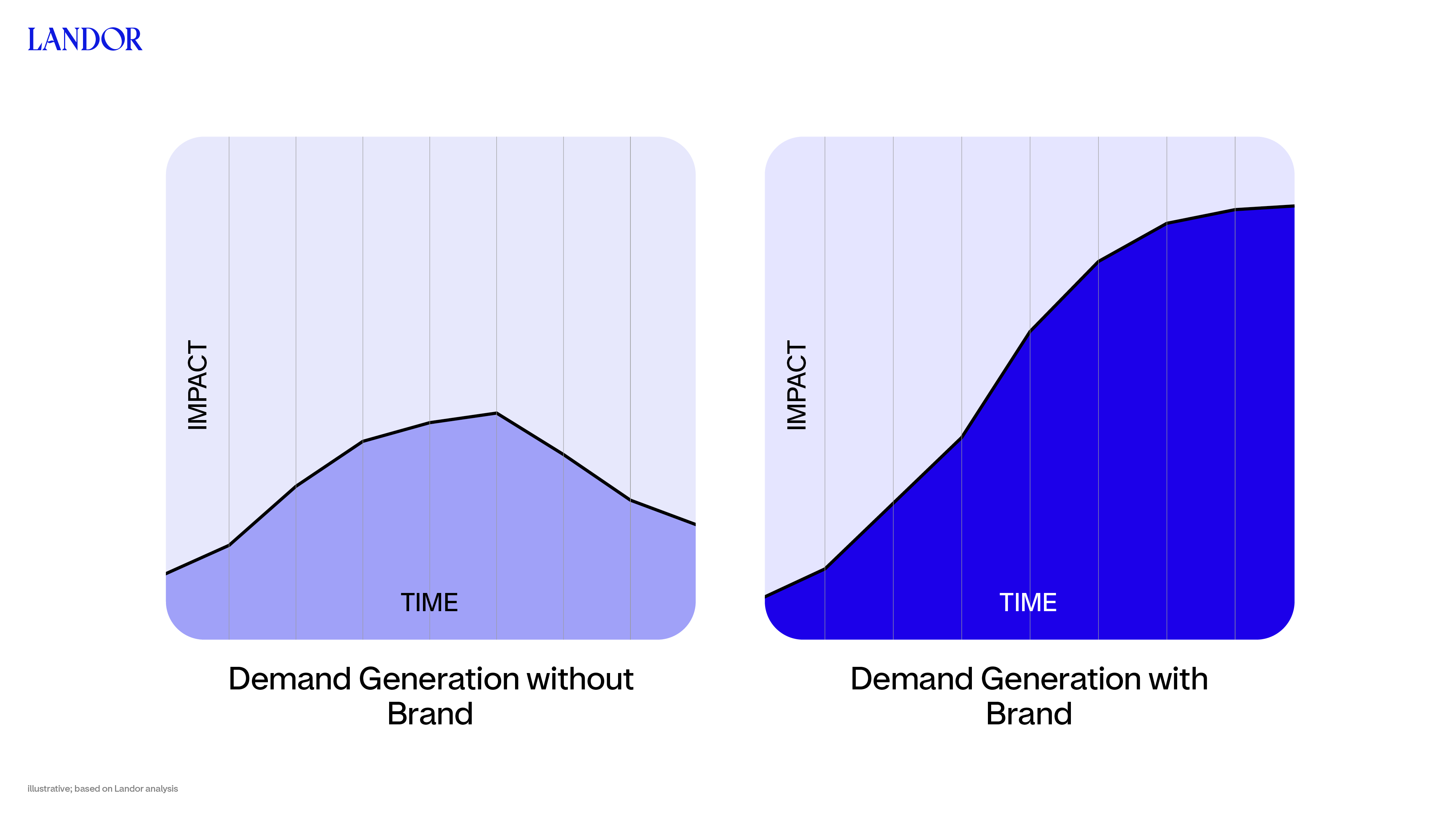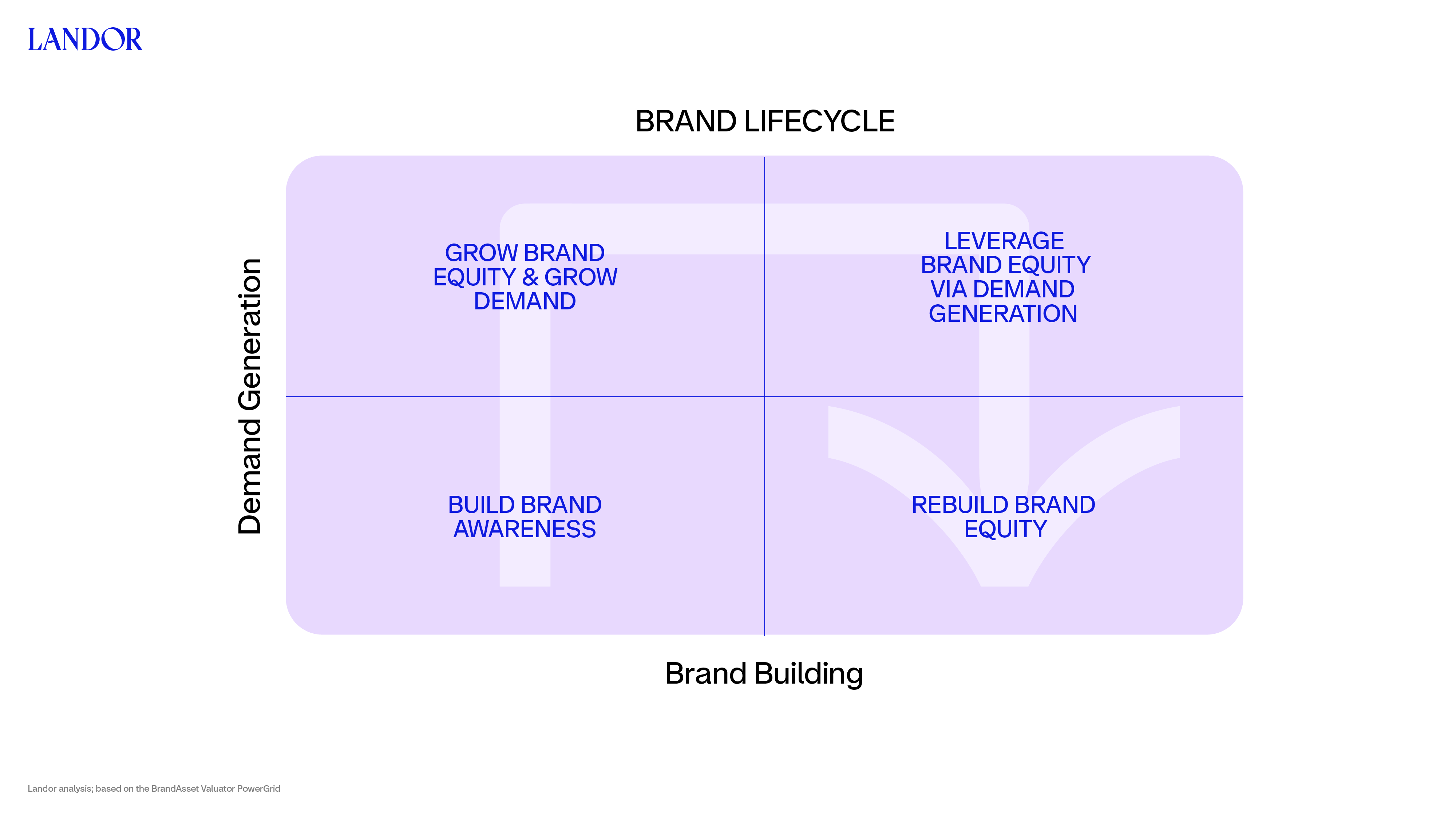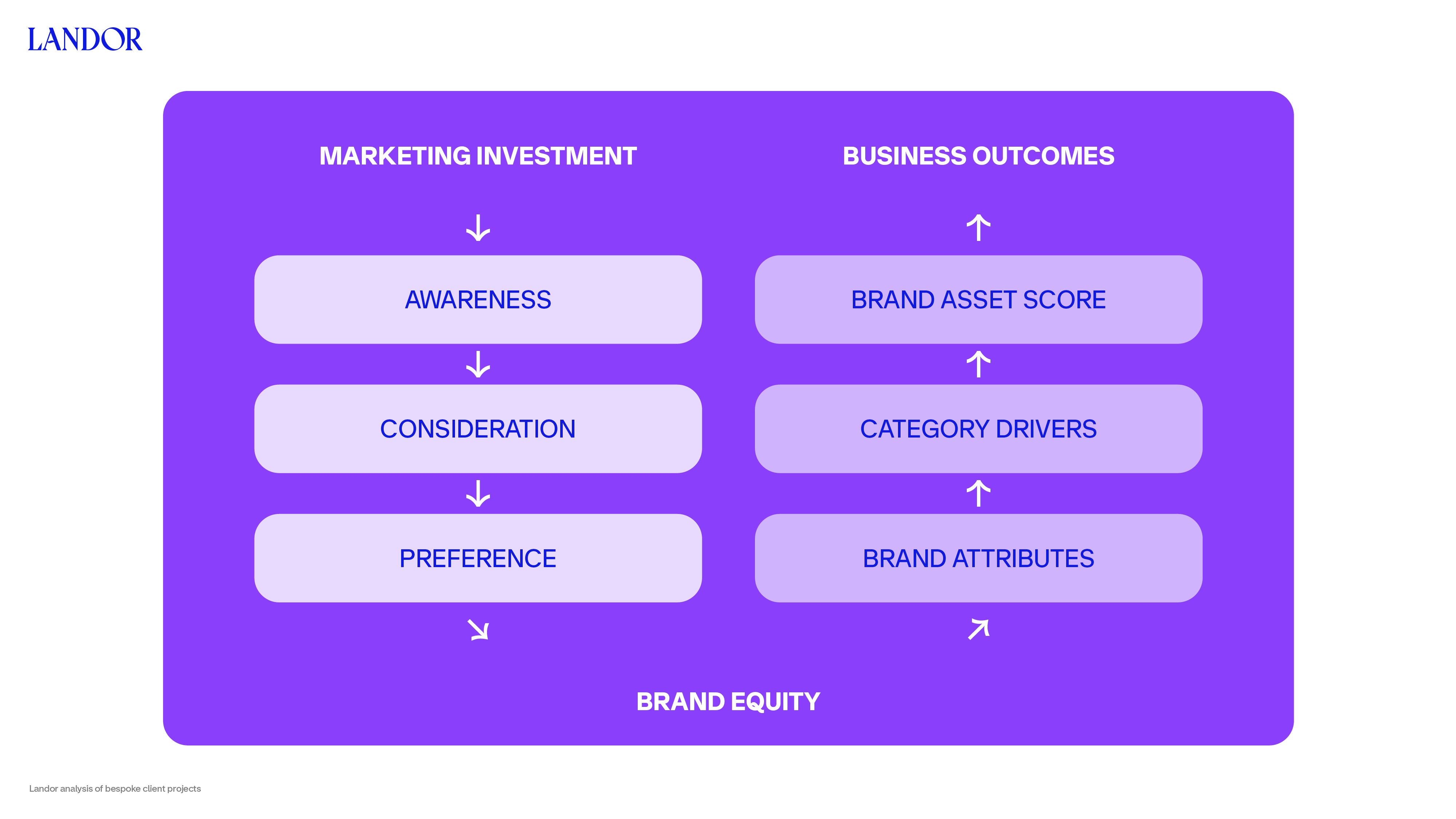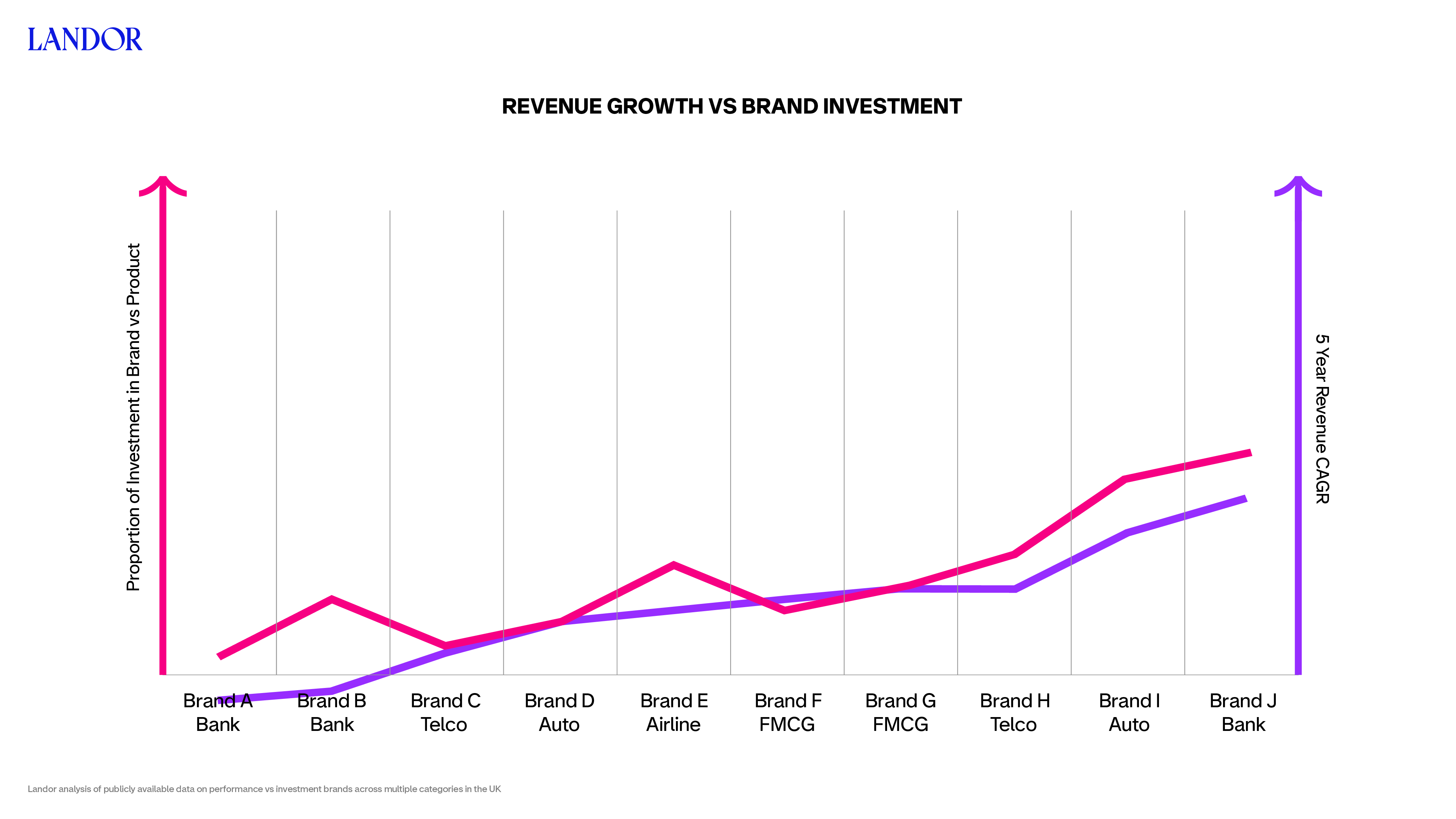
Dr. Martens champions sustainable fashion
Genix Nappa, a new material made of leather offcuts, aims to reduce waste

Marketers need to find the right balance to maximise impact

The brand vs demand debate has been a consistent conversation within businesses and is yet to be resolved by most. The battle to prove how brand building aids the short-term impact along with the long-term impact is still ongoing. A balance needs to be struck between using marketing investment to build brand equity and using marketing investment to support short-term sales activations – because marketers need to do both.
So why is this not being done?
There are often pre-conceived notions about the way that brand works that come from outside marketing and overpower the voices from within marketing itself.
While it's true that brands build businesses over the long-term, it is also true that businesses with great brands do better in short-term activations than businesses without great brands. Strong brands create loyalty and stickiness, otherwise customers would simply take a short-term discount and then disappear without making any emotional connection, resulting in a lower impact over time. More importantly, brand creates the context of demand for product and services. So, while sales activation is often seen as the only driver of short-term impact, the fact that it works is actually leveraging the fact the brand has already been invested in.

We know that demand generation trades off value for volume which brings purchases forward, grabs the market share and helps deliver short-term goals. However, the impact of that can be accelerated with brand. Nutella, which is one of the strongest brands in the world, very rarely discounts its products. The one time they did apply a discount, their products flew off the shelves and created riots in the grocery stores. Due to Nutella being such a great brand, and the opportunity to get it at a discounted price was so unusual, their sales sky-rocketed. So, in this instance, brand acts as a force multiplier of short-term activation.
Demand generation has a whole host of tools that provide an enormous amount of data to demonstrate the effectiveness of short-term activities. The common misconception is that brands cannot be measured as effectively as demand generation. However, there are tools that can measure brand through quantifying brand equity and monetising the impact of brand. Once a brand is monetised, businesses can determine the proportion of purchase decisions that are driven by brand and therefore identify the proportion of revenue that is driven by brand. Additionally, businesses can determine where their brand sits in its lifecycle and take appropriate actions. Therefore, brands can be measured very effectively, but businesses need to invest in getting the right data.

The KPIs most used to measure the success of marketing investment often have nothing to do with brand. And if they are not including the brand, then how do they know whether or not their brand investment is working? A cohesive framework of KPIs that take both demand generation and brand building into account results in an increase in budgets for both demand generation and brand building. By measuring brand attributes, category drivers and brand equity (through the BrandAsset Score) it is perfectly possible for businesses to understand how the brand investment is driving the business forwards.

This is believed because brand is not measured correctly, is not monetised and is not fully understood. However, the most important role of brand in building business success is because brand persuades more customers to buy you more often – and to pay more for you. Brand helps businesses make decisions about entering new markets or expanding in existing markets. It helps attract new customers and keep existing customers loyal. Brand establishes price premia and generates operational efficiencies. There is a clear relationship that brands that invest in brand building grow faster than those who don’t.

Brand represents over 30% of business value on the S&P500, and the market capitalisation of those corporations with the strongest brands has grown 78% faster than typical corporations on the S&P500. It’s time to put brand back into the core of business growth rather than treating it as unimportant or unmeasurable. The world is constantly evolving - and our understanding of brand building should evolve too.
Looks like you need to create a Creativebrief account to perform this action.
Create account Sign inLooks like you need to create a Creativebrief account to perform this action.
Create account Sign in